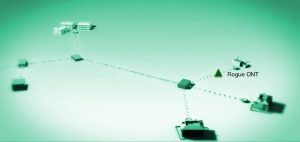
FTTH Network ready for CORD architecture
Central Office Re-architected as a Data center (CORD) is the response from Telecom Operators to benefit from economies of scale (infrastructure constructed from a few commodity building blocks) and agility (the ability to rapidly deploy and elastically scale services) that commodity cloud providers enjoy.
GPONDoctor Whitepaper “Making your FTTH ready for a CORD architecture” explains the methodology to acquire full knowledge of the strengths and weakness of your R-CORD network devices. GPON Analyzers will help to get R-CORD implementations faster and more Resilience while ensuring that customer will always get the best User Experience.

